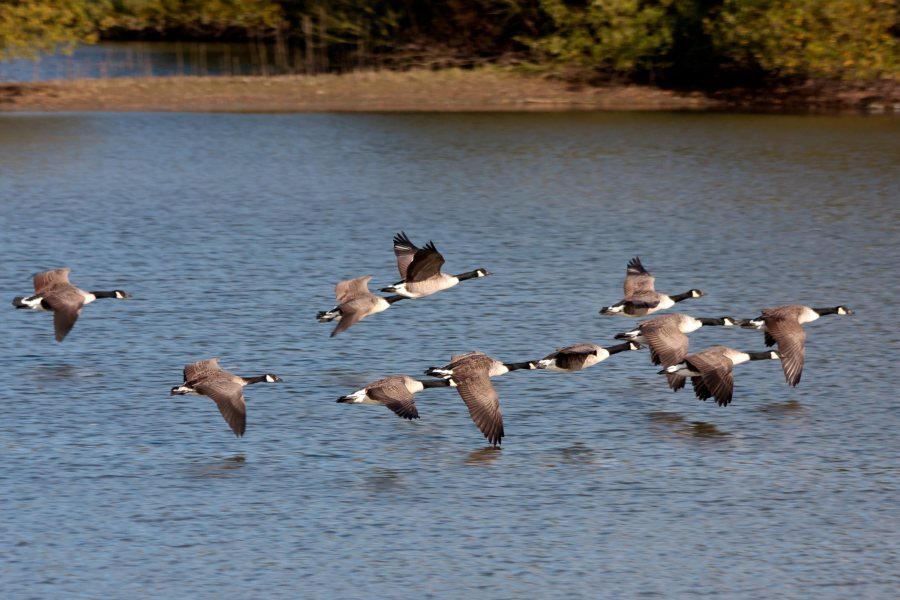
Highly pathogenic avian influenza of the H5N5 strain has been detected in a number of wild birds in Britain this autumn, Defra has confirmed.
This includes the first reported wild bird mass mortality of the season associated with a highly pathogenic outbreak.
Following this uptick in cases, Defra has raised the risk level in wild birds from low to medium.
While avian influenza findings in wild birds during recent years have been dominated by the H5N1 virus strain, the H5N5 strain has seen as increase this season.
Defra said the risk level in poultry would be kept as 'low' where there is suboptimal or poor biosecurity, while it is 'very low' where good biosecurity is applied.
The department urged farmers across the UK to remain vigilant for signs of the disease as winter approaches.
It said: "While the UK does not currently have outbreaks in poultry or other captive birds, keepers must remain vigilant and practise stringent biosecurity to protect the health and welfare of their birds."
It comes as bird keepers in England and Wales - including those with just one bird - were told to sign up to the government's new compulsory register.
The new measure came into effect from 1 October in order to better protect the poultry sector from future avian influenza outbreaks, as well as other diseases.
In Scotland, bird keepers have until 1 December to register their details with the Scottish government.
The UK has self-declared freedom from highly pathogenic avian influenza, which came into effect from 29 March 2024.
There are currently no outbreaks of bird flu in poultry in the UK.
